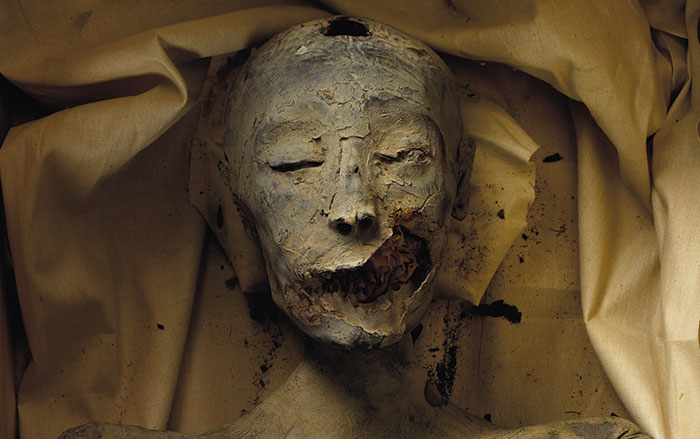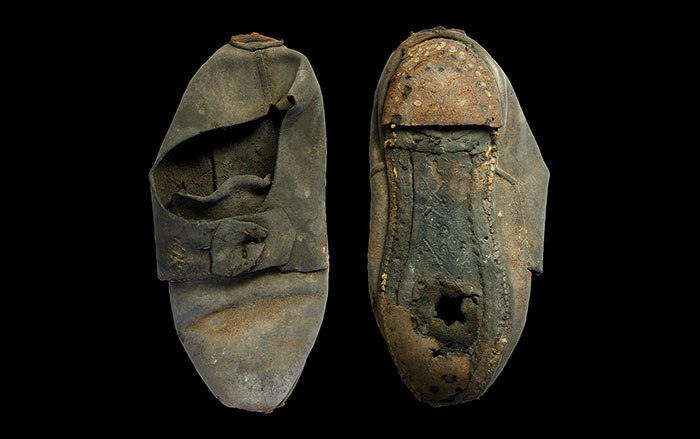
HAMILTON, CANADA—The smallpox virus has been detected in the seventeenth-century mummy of a child found in a crypt at a church in Vilnius, Lithuania, according to a report in Seeker. “We believe this is the oldest smallpox genome sequenced to date,” said Ana Duggan of the McMaster University Ancient DNA Center. Duggan and her colleagues compared the seventeenth-century strain of the disease-causing virus with samples dating from 1946 to 1977. They found that all of the strains had a recent common ancestor that originated sometime between 1588 and 1645. Based upon scarring on ancient Egyptian mummies, it had been thought that the disease was thousands of years old. Evolutionary geneticist Hendrik Poinar, director of the Ancient DNA Center, says that the ancient cases may actually have been chicken pox or measles, and will require further investigation. The team also says the development of the smallpox vaccine in the late eighteenth century may have triggered the virus to split into two strains. “This raises important questions about how a pathogen diversifies in the face of vaccination,” Duggan said. To read about an excavation relating to Edward Jenner, pioneer of the smallpox vaccine, go to "Letter from England: The Scientist's Garden."










